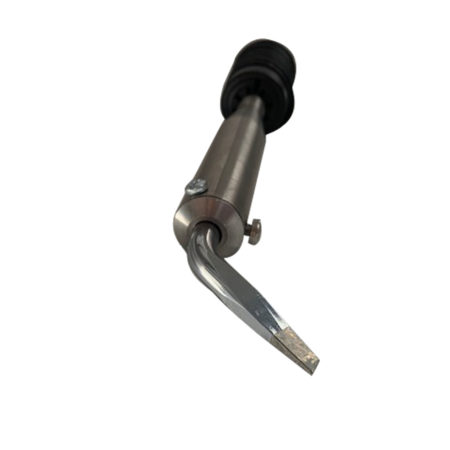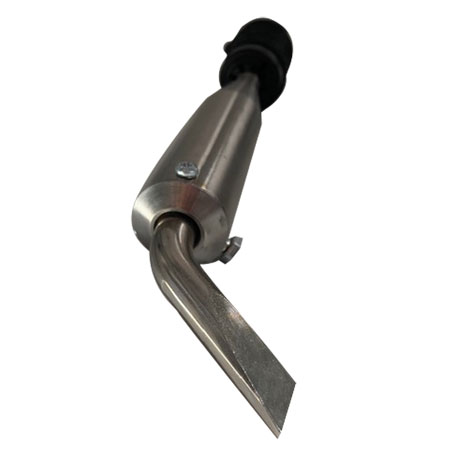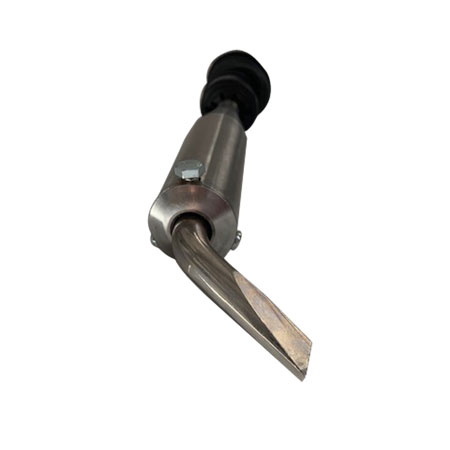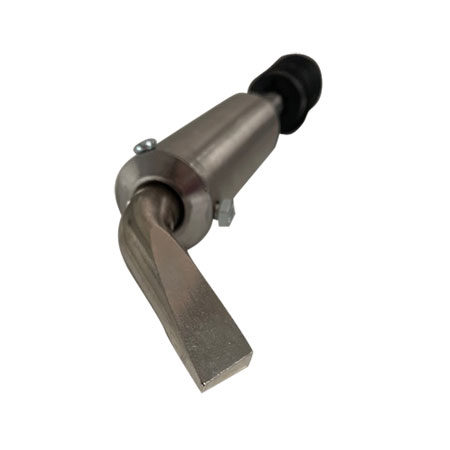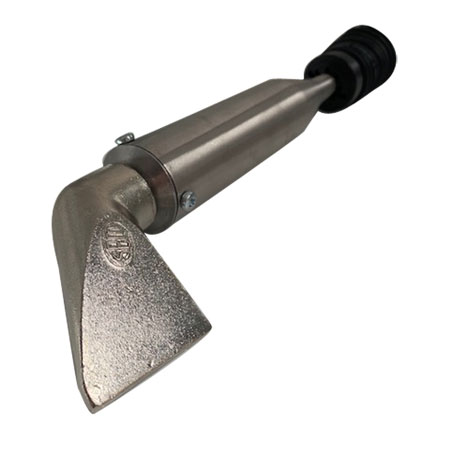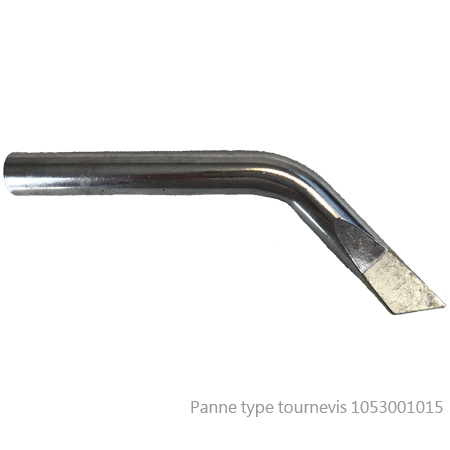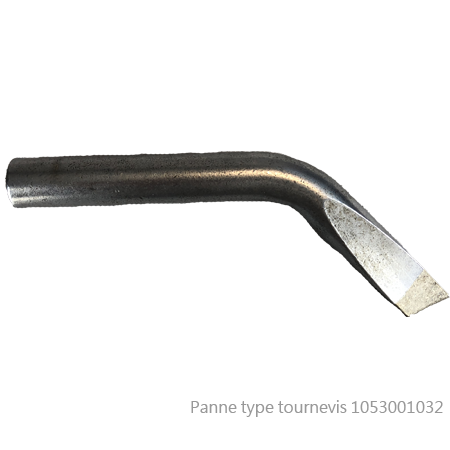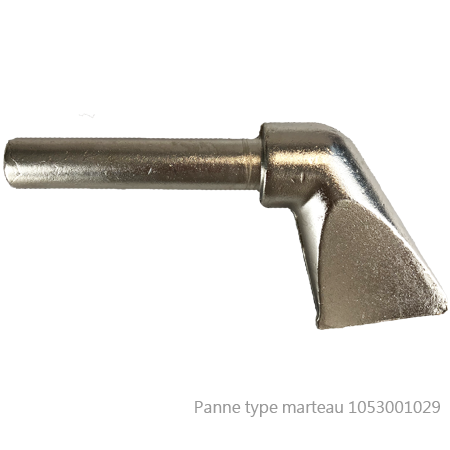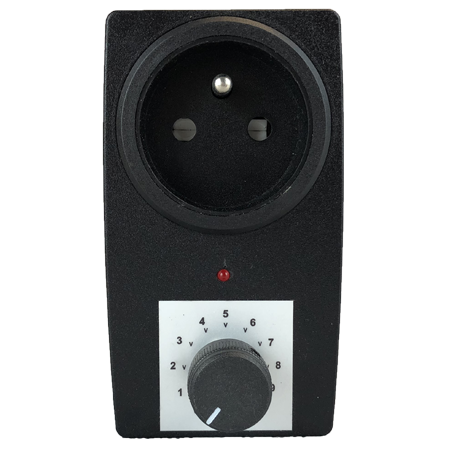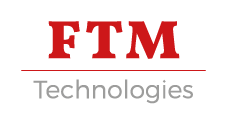SEM offers a wide range of high power irons from 100 W to 500 W
Ideal for metal work, zinc work, medium and high power electricity, etc.
– Versatility : Important choice of powers and tips
– Longevity : Irons tested to work daily for years
– Reliability : Stainless iron, materials of first choice
– Performance : Good solders thanks to the system of “direct transfer” of heat (enveloping heating element)
– High efficiency: Copper tip with high thermal efficiency without loss of energy
– Safety : CE compliant, iron rest provided
– Custom-made : Specific voltages or powers on request
FAQ – High-Power Mains Soldering Irons (230 V)
What are high-power soldering irons used for?
These irons are designed for heavy-duty soldering where a standard electronic iron is not powerful enough: soldering large cable lugs, braids and shields, metal parts, chassis, copper bars or tinning large sections.
What power ratings are available?
FTM offers several wattages (depending on the model range) to adapt to the thermal mass of the part to be soldered – typically from 200 W to 500 W on 230 V.
The higher the mass of the part, the higher the power required.
Do these irons need a separate power unit?
No. These are mains-powered irons: they are plugged directly into 230 V / 50–60 Hz.
They are therefore suitable for workshops, maintenance and cabling departments.
Are they temperature-controlled?
Unlike electronic soldering stations, these irons are not electronically temperature-controlled.
The temperature is obtained by the balance between the iron power and the thermal load of the part.
For sensitive work or repetitive operations, a power controller can be added to limit overheating of the bit.
What kind of tips can be fitted?
The irons are supplied with a large copper or copper-alloy bit (hammer, bevel or chisel type) suitable for high thermal transfer.
Replacement bits are available in several shapes depending on the part to be soldered (lugs, braids, flat surfaces).
What are typical applications?
- Soldering of large-section cables and power conductors.
- Tinning of braids and shields for EMC.
- Soldering of connectors and terminals with high thermal mass.
- Repair of metal casings or copper parts.
- Production or repair of harnesses and power looms.
Can they be used continuously?
High-power irons generate a lot of heat.
They are designed for intermittent or semi-continuous use: solder → put back on stand → let the bit re-stabilise.
For true 100% duty-cycle use, ask FTM for a model with reinforced heating element.
Do I need specific solder or flux?
For large masses, it is recommended to use a high-performance flux and a solder alloy suitable for copper or brass.
FTM can supply alloys and fluxes matched to these irons.
What are the advantages of FTM high-power irons?
- Direct 230 V operation – no extra power unit.
- High thermal inertia for large parts.
- Durable, easy-to-replace bits.
- Robust, workshop-grade construction.
- Ideal complement to electronic soldering stations.
- Display 36 Products per page

